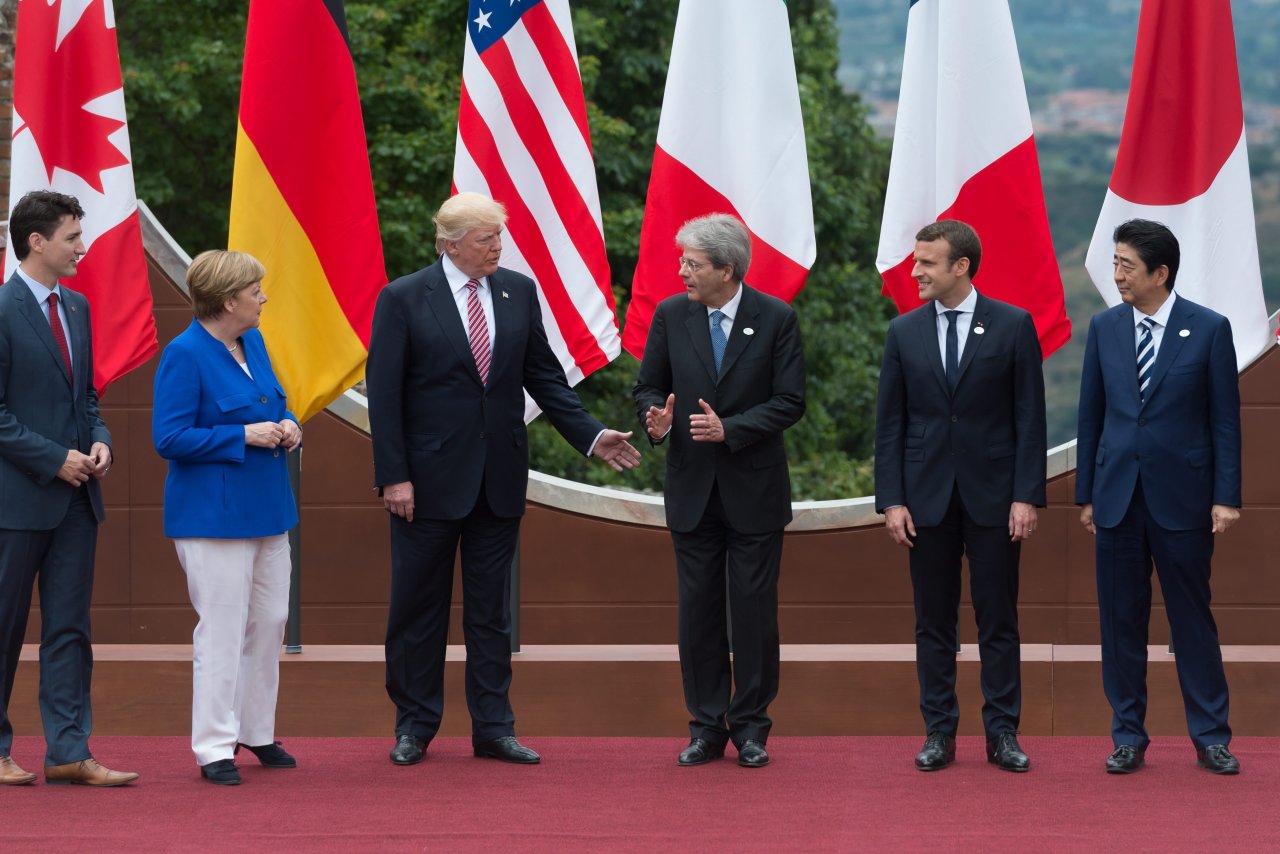President Donald Trump has threatened to impose a 30% tariff on imports from Mexico and the European Union starting on August 1, after weeks of negotiations with the major U.S. trading partners failed to reach a comprehensive trade deal.
In an escalation of a trade war that has angered U.S. allies and rattled investors, Trump announced the latest tariffs in separate letters to European Commission President Ursula von der Leyen and Mexican President Claudia Sheinbaum.
Una Fair Treatment?
Mexican President Claudia Sheinbaum responded by calling the tariffs unfair and disruptive, while pledging to continue to negotiate with the U.S. for a broader trade deal before the deadline.
She emphasized the importance of protecting Mexico’s sovereignty.

The EU and Mexico, both among the largest U.S. trading partners, responded by calling the tariffs unfair and disruptive while pledging to continue to negotiate with the U.S. for a broader trade deal before the deadline.
A Broader Trade Deal?
Trump sent similar letters to 23 other trading partners this week, including Canada, Japan, and Brazil, setting blanket tariff rates ranging from 20% up to 50%, as well as a 50% tariff on copper.
The U.S. president said the 30% rate was “separate from all sectoral tariffs,” indicating 50% levies on steel and aluminum imports and a 25% tariff on auto imports would remain.
A Pattern of Backing Off?
Some investors and economists have noted Trump’s pattern of backing off his tariff threats. The August 1 deadline gives the targeted countries time to negotiate agreements that could lower the threatened tariffs.
A Slap in the Face?
Bernd Lange, the head of the European Parliament’s trade committee, said Brussels should enact countermeasures as soon as Monday. “This is a slap in the face for the negotiations. This is no way to deal with a key trading partner,” Lange told Reuters.
A Risk of Retaliatory Moves?
Jacob Funk Kirkegaard, a senior fellow at the Brussels-based think tank Bruegel, said Trump’s letter raised the risk of retaliatory moves by the EU similar to the flare-up between the U.S. and China that rattled financial markets.

